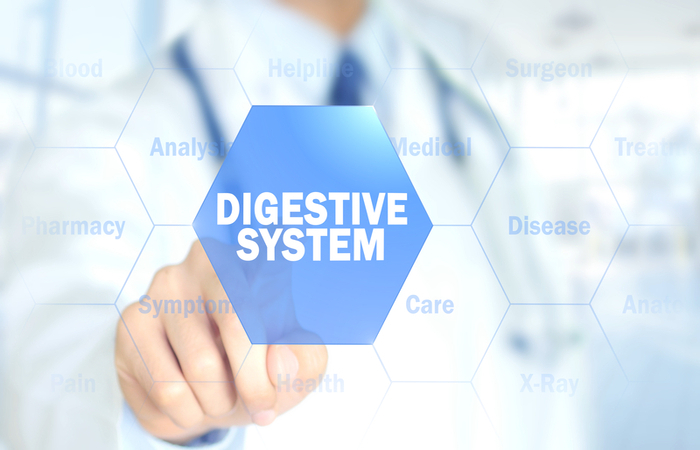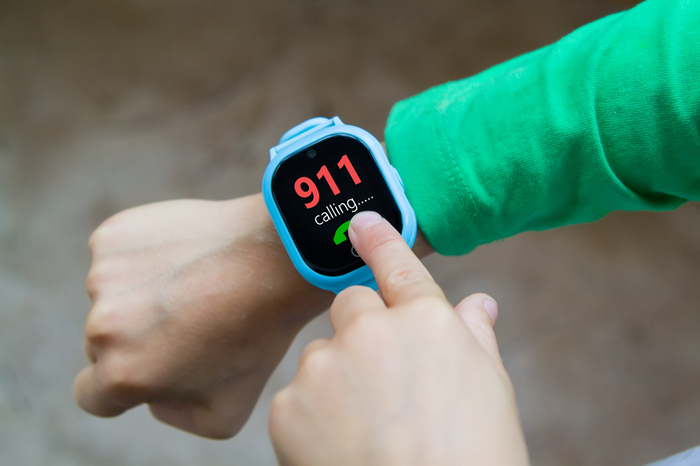- Calls to this hotline are currently being directed to Within Health, Fay or Eating Disorder Solutions
- Representatives are standing by 24/7 to help answer your questions
- All calls are confidential and HIPAA compliant
- There is no obligation or cost to call
- Eating Disorder Hope does not receive any commissions or fees dependent upon which provider you select
- Additional treatment providers are located on our directory or samhsa.gov
Esophageal Varices and Bulimia Nervosa

Bulimia nervosa (BN) is a serious mental health condition wherein individuals engage in binge eating episodes followed by compensatory behaviors to purge the body of calories consumed.
One of the most common methods of purging is vomiting which, when it occurs many times per day consistently, causes severe damage to the body.
Esophageal varices are a severe consequence of bulimia nervosa behaviors. Left untreated, these can lead to death, therefore, understanding what they are and the signs and symptoms could be key to saving someone’s life.
Understanding the Digestive System
The body is a miraculous machine and, like most incredible machines, has many complicated methods of functioning.
To understand what can go “wrong” with a bodily process, we must first understand how things are intended to work when they are going “right.”
The esophagus is a muscular tube whose main purpose is to transport food from the mouth to the stomach.
Varices are large or swollen blood vessels.
In the case of bulimia nervosa, these varices can be caused by vomiting causing pressure to build up inside of the esophageal vessels.
Esophageal vessels are unique in that they are thinner than the rest of the body’s blood vessels, making them more vulnerable to rupture [1].
Esophageal varices bleed when ruptured, which can be why individuals with bulimia nervosa develop blood in their vomit.
If this has occurred, there is great concern for the individual’s health and well-being.
Signs & Symptoms of Esophageal Varices
As mentioned above, one of the main signs of esophageal varices is hematemesis, or, blood in one’s vomit. Other signs of esophageal varices include [1]:
- Unusually pale skin
- Ongoing tiredness
- Shortness of breath
- Faintness or dizziness
- Black or tarry stools
- Dark or bright red blood in stools
- Abdominal pain
Get Emergency Help Immediately for these Symptoms
According to Medical News Today, if you or a loved one exhibits any of the above symptoms, it is imperative that you call 911 and/or get them emergency medical help as soon as possible.
Treatment for esophageal varices varies depending on the size and severity of the varices.
Small varices are those that are 5 millimeters or less. These may be so small that they do not cause symptoms, however, without a change in lifestyle or medication, they can become larger [1].
Larger varices may require surgery to prevent bleeding [1].
Regardless of the size of the esophageal varices, the goal of treatment will always be to prevent ruptures and bleeding [1]. The best way to do this is to reduce the pressure placed on the vessels.
For individuals struggling with bulimia nervosa, this means ceasing purging behaviors.

Risks of Continuing to Purge
Individuals with esophageal varices are at-risk for recurrent bleeding if the varices are not appropriately treated and/or the body is not given the necessary time to heal itself.
This means that every incident of purging could cause continued, or worsening, harm to the esophageal system.
Importance of Seeking Eating Disorder Treatment
Going from engaging in consistent and/or daily purging to no purging at all can be difficult. After all, recovery is not linear and there will likely be moments of lapse or relapse.
For this reason, it is important an individual receives medical help for the esophageal varices as well as eating disorder professional help to treat the underlying cause of the varices—the bulimia nervosa.
For those struggling with bulimia nervosa and esophageal varices, it is important to know the risks presented if purging continues and to consider this as one draws upon their reasons for recovery and practices ceasing behaviors.
Beyond reduction of bulimia behaviors, medical professionals might also recommend treatment such as the surgeries mentioned above. They might also prescribe beta blockers to reduce blood pressure [1].
Ultimately, the occurrence of esophageal varices is a reminder that the body is an amazing machine that is not made to withstand behaviors of bulimia nervosa.
The body’s purging mechanisms are intended to support the human body in surviving the threat of poisoned or bad food. The body is not supposed to experience self-induced vomiting on a consistent basis. This causes harm to the body in ways that are both clearly visible, invisible, and unseen until they become a serious issue.
Regardless of how hard one tries, there is no way to have a physically well body and engage in eating disorder behaviors.
Resources
[1] Sethi, S. (2020).Everything you need to know about esophageal varices. Medical News Today. Retrieved from https://www.medicalnewstoday.com/articles/esophageal-varices#treatmentLast Updated & Reviewed By: Jacquelyn Ekern, MS, LPC on November 7th, 2022
Published on EatingDisorderHope.com
Margot Rittenhouse, MS, PLPC, NCC is a therapist who is passionate about providing mental health support to all in need and has worked with clients with substance abuse issues, eating disorders, domestic violence victims, and offenders, and severely mentally ill youth.
As a freelance writer for Eating Disorder Hope and Addiction Hope and a mentor with MentorConnect, Margot is a passionate eating disorder advocate, committed to de-stigmatizing these illnesses while showing support for those struggling through mentoring, writing, and volunteering. Margot has a Master’s of Science in Clinical Mental Health Counseling from Johns Hopkins University.

